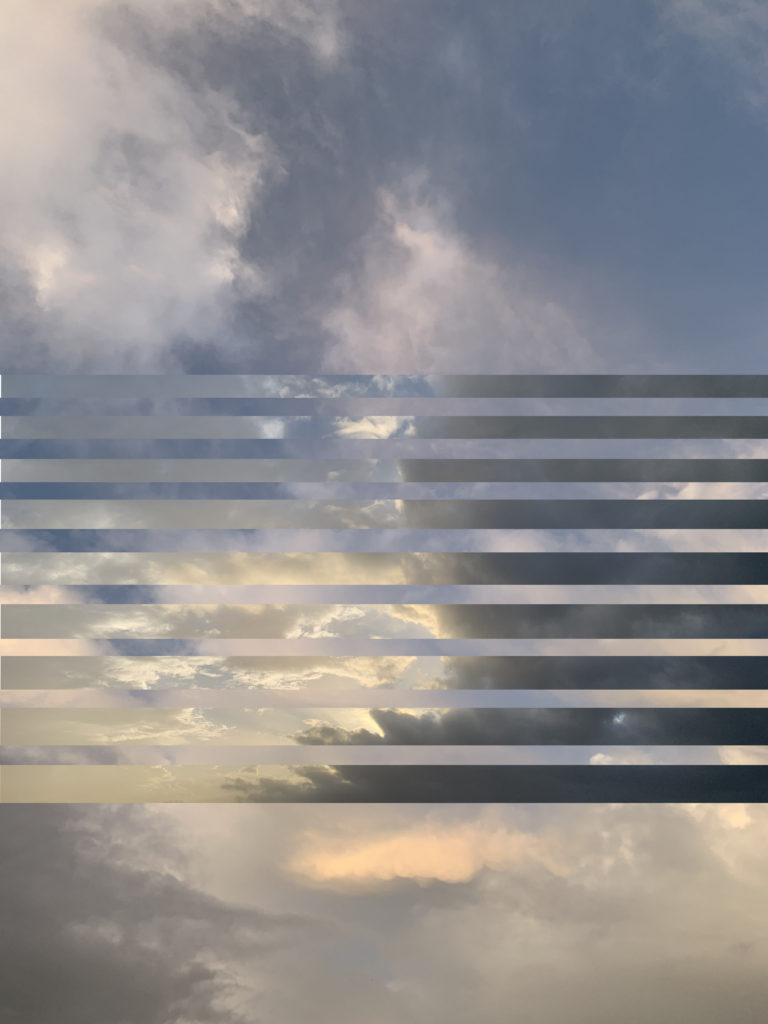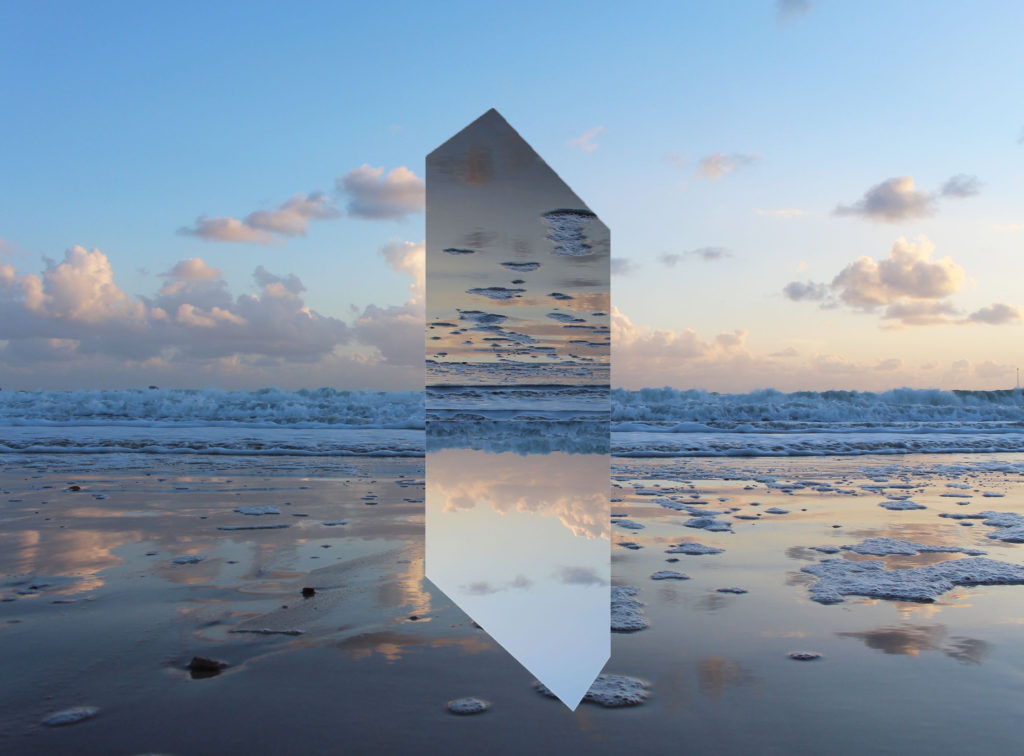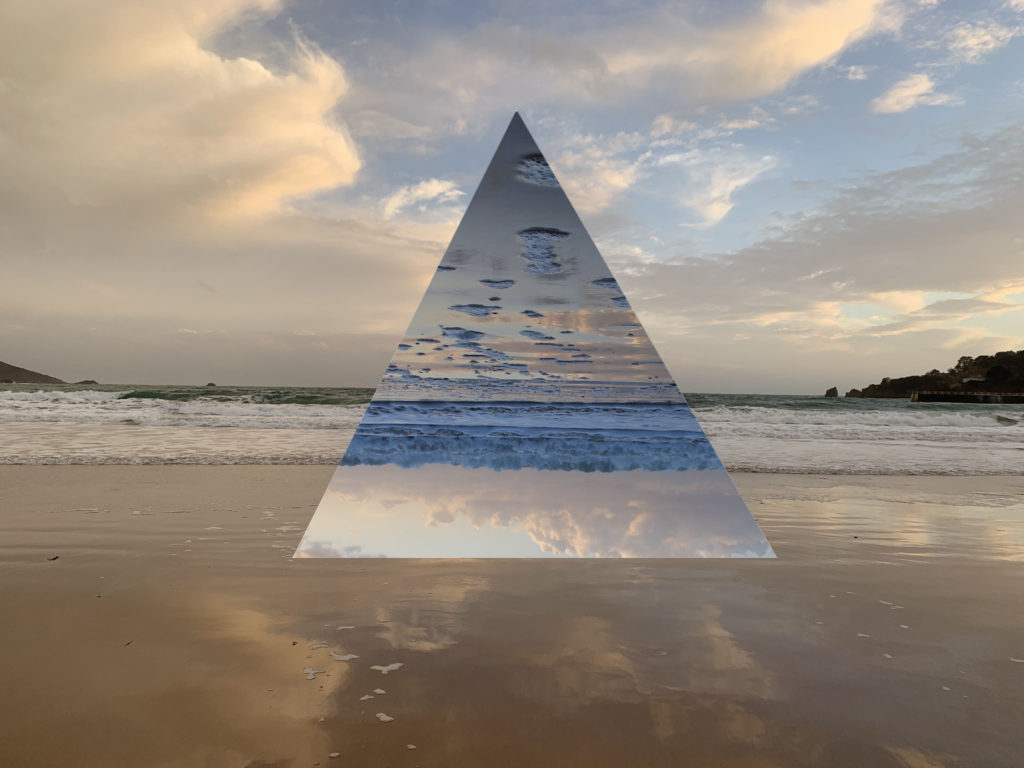“‘Seascapes’ is art for the plateau, a group of images that measure time not by growth but in repetition.”
Inspired by Sugimoto’s seascape project, a meditation on time examined through repetition and constancy, I decided to do a photo shoot focusing on the movement of the sea. Throughout this shoot I wanted to capture a sense of the sublime that the ocean entails. With its array of colors and amazing formations it is undoubtedly beautiful however with its immense power and force it can be very dangerous too. The main aim for this shoot was to display a sense of repetition through the representation of the ocean as a rhythmic entity of waves. I also wanted to develop my own style inspired by Sugimoto therefore as well as using his long exposure method i also contrasted this with very fast shutter speed images to capture the waves in motion and gain a bunch of detail that can’t be seen by the naked eye. Changing up the shutter speeds allowed me to capture a whole range of different images which gave variety to this shoot whilst keeping to the similar theme of the ocean.
Contact Sheet

Edited Images
Using a combination of Photoshop and Lightroom I decided to edit some of the best images from this shoot. I used Photoshop to remove some elements of the photograph that were distracting for example the safety barriers that are positioned the hole way along the sea wall. Using Lightroom allowed me to do simple adjustments such as changing particular colors, highlights and shadows. Throughout the editing process I cropped the images to achieve the most aesthetic result and within some images used a black and white filter to replicate the style of Sugimoto.
















